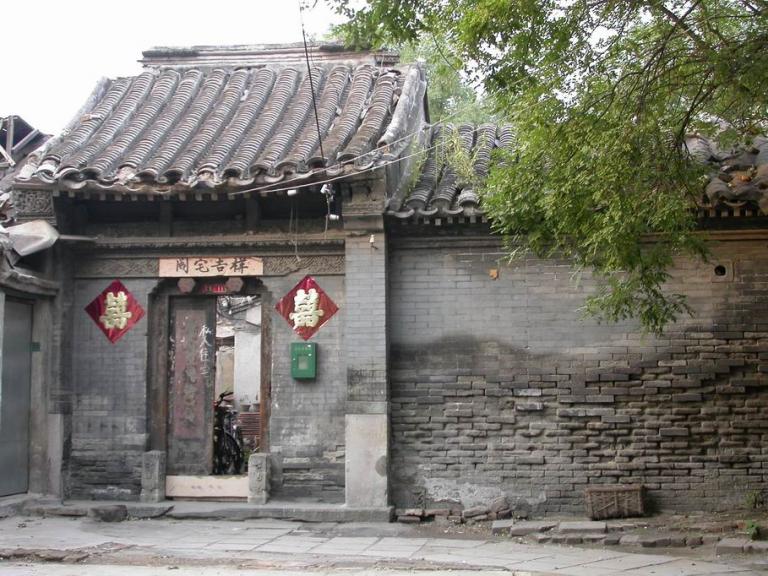Wax and wane of Hutong
2 min readAt the turn of the 20th century,the Qing court was disintegrating as China’s dynastic era came to an end.The traditional arrangement of hutongs was also affected.Many new hutongs,built haphazardly and without apparent plan,began to appear on the outskirts of the old city,while the old ones lost their former neat appearance.The social stratification of the residents also began to evaporate,reflecting the collapse of the feudal system.
During the period of the Republic of China from 1911 to 1948,the society was unstable,fraught with civil wars and repeated foreign invasions.Beijing deteriorated and the conditions of the hutongs worsened.Siheyuans previously owned and occupied by single families were subdivided and shared by many households,with additions tacked on as needed and built with whatever materials were available.The 978 hutongs listed in Qing Dynasty records swelled to 1,330 by 1949.Today in some hutongs,such as those in Da ShiLan,the conditions remain poor.

Following the founding of the People’s Republic of China in 1949,many of the old hutongs of Beijing disappeared and were replaced by wide boulevards and high rises.Many residents left the lanes where their families lived to generations to apartment buildings with modern amenities.In Xicheng District,for example,nearly 200 hutongs out of the 820 it held in 1949 have disappeared.

However,many of Beijing’s ancient hutongs still stand and a number of them have been designated protected areas.The old eneighborhoods survive today,offering a glimpse of life in the capital city as it has been for generations.








